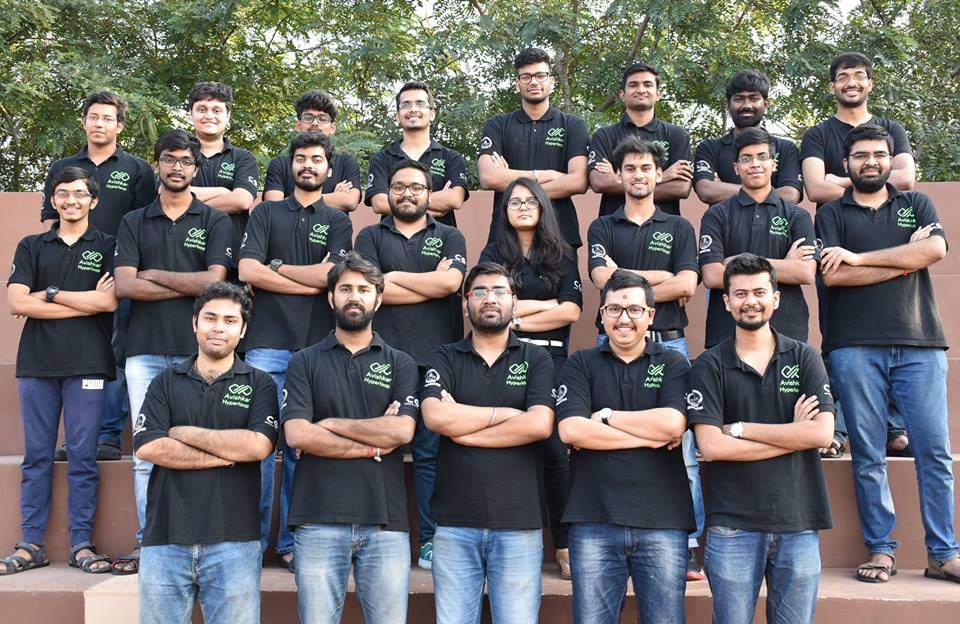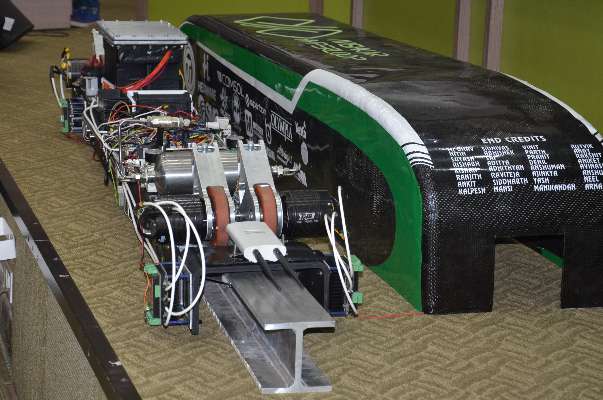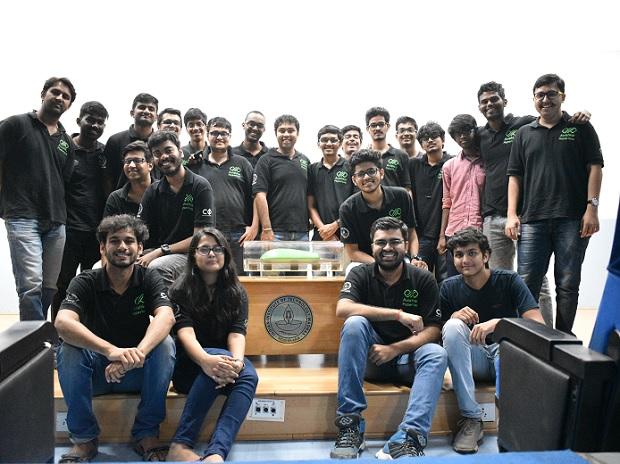Team Avishkaar Hyperloop from IIT Madras has qualified for the final round of the SpaceX Hyperloop competition for 2019. They are among the first teams that qualified for the final round and are the only one to qualify in the Asian continent.
The team that was initially spearheaded by only 3 members Mr Suyash Singh, Mr Ankit Kukadia and Mr Vinit Sharma has now expanded to become 30 members strong. The team relentlessly worked with the Centre for Innovation (CFI) at their institute to create their model. They failed to qualify for the finals last year but the team did not give up and have come a step closer to victory.

In this competition, after a team clears the preliminary design briefing and the final design briefing, the team then proceeds to the final round wherein it produces a fully functional prototype of their design and runs it along a 1-mile vacuum tube installed at the SpaceX campus at Hawthorne, California.
The Hyperloop is envisioned to be the fifth mode of transport after planes, trains, cars, and boats. The Hyperloop will involve people and payload travelling in pods through tubes or tunnels from which most of the air has been removed to reduce friction. Additionally, the Hyperloop will float on air skis rather than wheels to reduce friction and help the pod travel faster.

The idea of using low pressure or vacuum tubes as a means of transport can be dated back to pneumatic tubes used back in the 19th CE but no viable transportation system had been synthesized until Elon Musk published his white paper on Hyperloop Alpha. Whilst Musk’s vision of the Hyperloop sounds simple enough, there are several engineering hurdles to overcome. To build tubes that are strong enough to bear the stress generated inside the tube, costs involved and efficiency are several factors that need to be overcome in order to present the Hyperloop as a real competitor to high-speed rail services.
It is for this reason that Elon Musk has compared the Hyperloop to the Linux operating system which is based on open-source. Musk has held a competition every year inviting teams around the world to compete and produce their models of the Hyperloop.




























